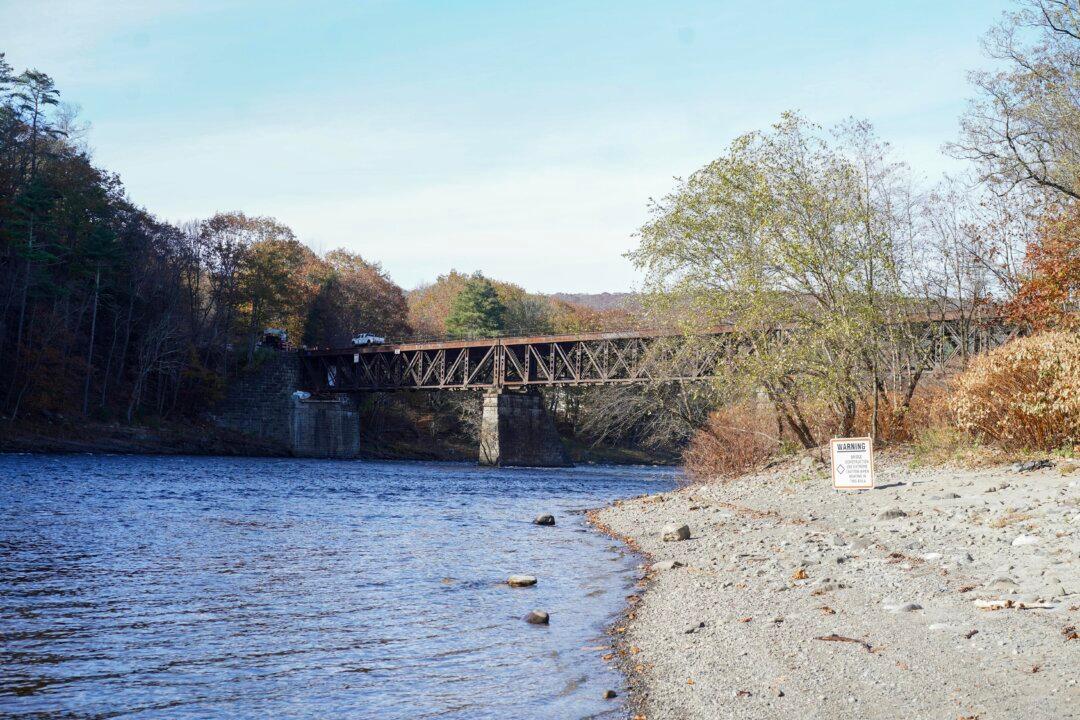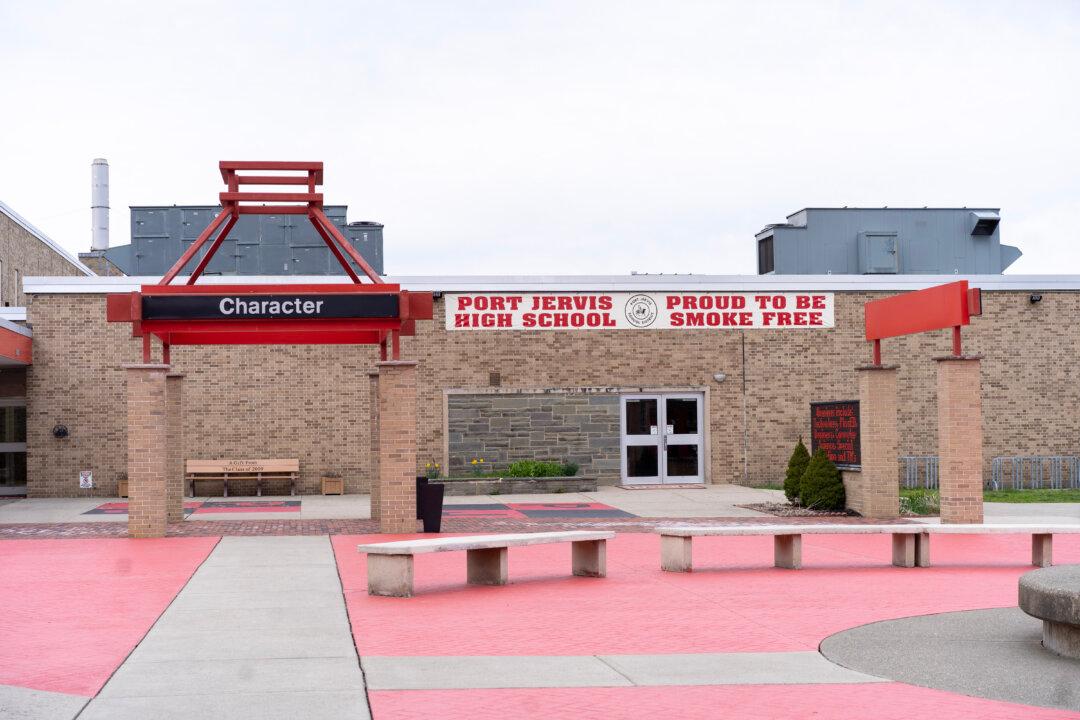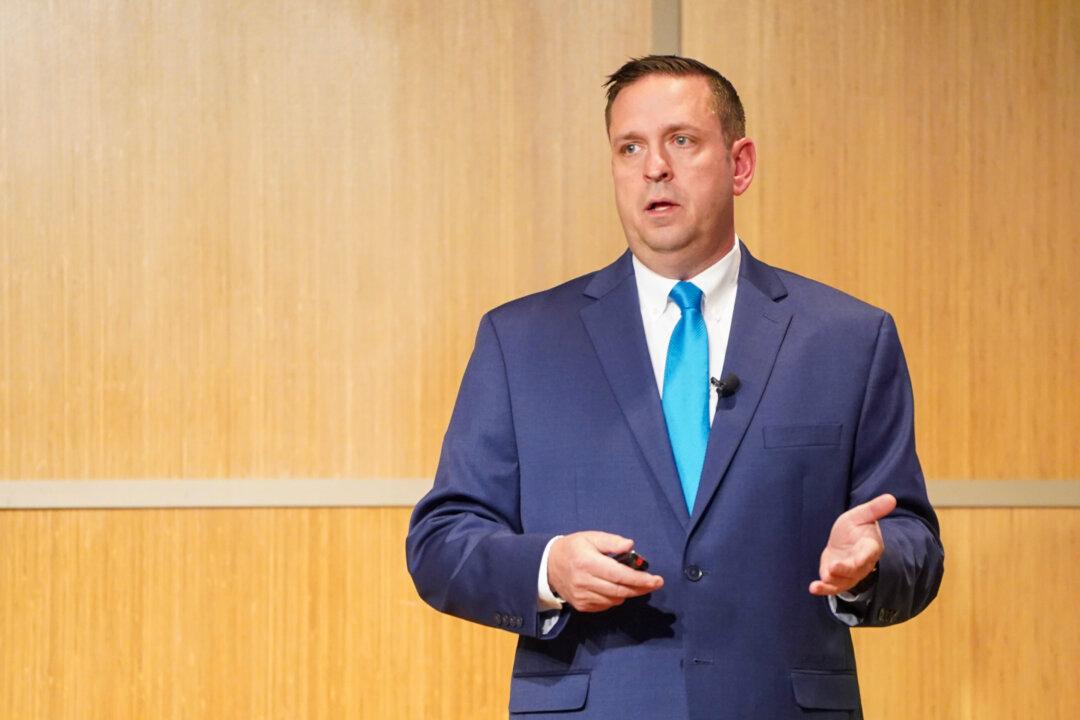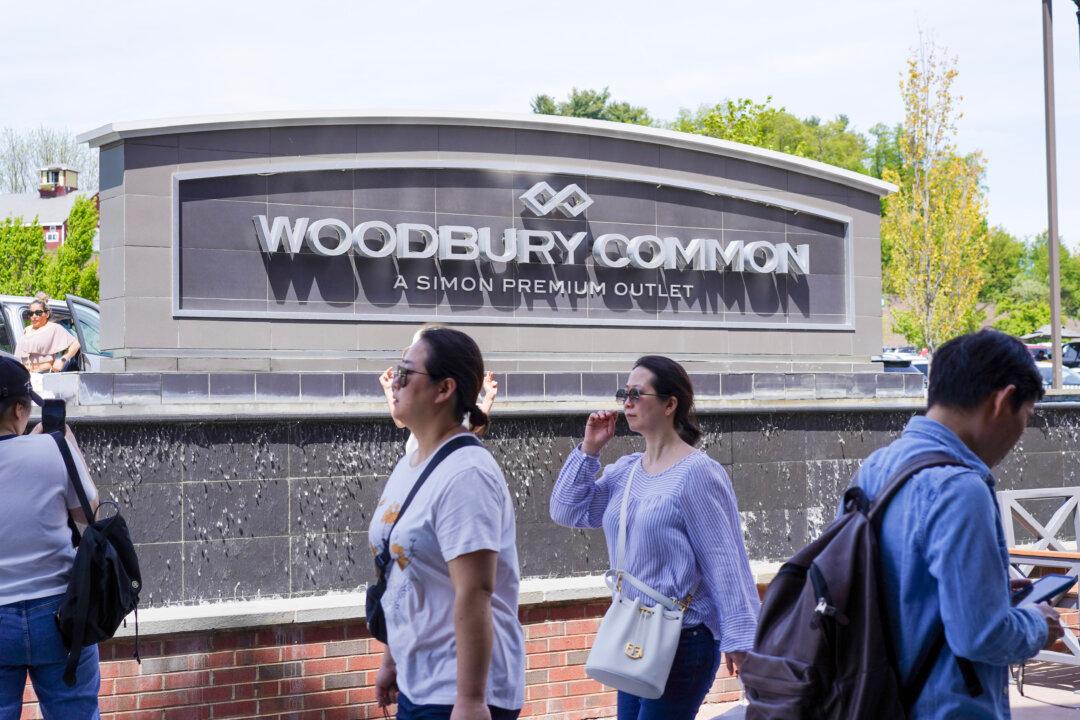Orange County Land Trust has set an ambitious goal to preserve as much land as it can within the county’s 35,000-acre Delaware River watershed over the next few years.
Most acres sit in the town of Deerpark, with small portions in nearby Mount Hope and Greenville.





